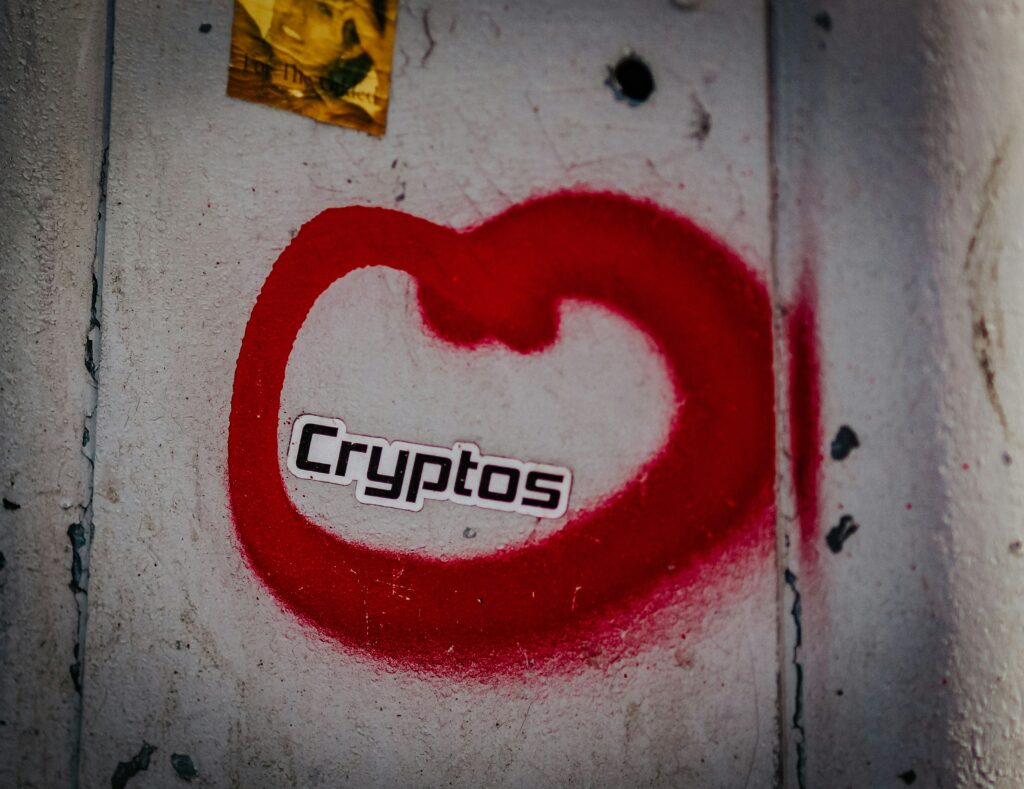As someone deeply immersed in the world of decentralized finance (DeFi), I’ve witnessed firsthand the highs and lows of this rapidly evolving landscape. In this article, I delve into the realm of DeFi exploits, specifically focusing on the largest incidents that shook the industry this year. From flash loan attacks to smart contract vulnerabilities, these exploits have not only highlighted the potential risks associated with DeFi but have also spurred discussions on security practices within the ecosystem.
With a keen eye for detail and a passion for understanding the intricacies of DeFi protocols, I aim to dissect these notable exploits, unraveling the underlying causes and implications for the broader DeFi community. By shedding light on these significant events, I hope to provide valuable insights that can help investors, developers, and enthusiasts navigate this complex yet promising space with greater awareness and resilience.
Understanding DeFi and Its Vulnerabilities
What Is DeFi?
DeFi, short for decentralized finance, refers to a form of blockchain-based finance that does not rely on traditional financial intermediaries like banks. It allows users to access financial services such as lending, borrowing, and trading directly through decentralized applications (dApps). DeFi operates on smart contracts, self-executing code stored on a blockchain, enabling automated transactions without the need for intermediaries.
Common Vulnerabilities in DeFi Platforms
In the DeFi ecosystem, several vulnerabilities pose risks to users’ funds and the overall stability of platforms. These vulnerabilities include smart contract bugs, oracle manipulation, flash loan attacks, and governance flaws. Smart contract bugs can lead to financial losses due to coding errors, while oracle manipulation involves obtaining false data to influence outcomes. Flash loan attacks exploit DeFi protocols’ permissionless nature to manipulate prices and execute multiple transactions rapidly. Governance flaws can result in centralized control over decentralized platforms, compromising their security and integrity. Understanding these vulnerabilities is crucial for participants in the DeFi space to mitigate risks and enhance security measures.
Review of Major DeFi Exploits This Year
As I delve into the major DeFi exploits of this year, it’s essential to examine specific case studies that highlight the vulnerabilities within the decentralized finance ecosystem.
- Case Study: Flash Loan Attacks
Discussing flash loan attacks in the context of DeFi illustrates the potential risks associated with these swift and sophisticated exploits. In 2021, notable incidents of flash loan attacks, such as the exploit on Protocol A and Protocol B, underscore the importance of robust security mechanisms to safeguard DeFi platforms. - Case Study: Smart Contract Flaws
Analyzing smart contract flaws reveals significant vulnerabilities that malicious actors can exploit to manipulate DeFi protocols. Instances like the exploit on Project X and Project Y shed light on the critical need for continuous auditing and rigorous testing of smart contracts to prevent vulnerabilities that could jeopardize user funds and platform integrity.
Causes and Consequences of DeFi Exploits
As I explore the causes and consequences of DeFi exploits, I delve into how these incidents impact the DeFi ecosystem and outline a specific case highlighting its economic and social repercussions.
How Exploits Impact the DeFi Ecosystem

Exploits in the DeFi ecosystem profoundly impact users, platforms, and the overall credibility of decentralized finance. When vulnerabilities are exposed through exploits like flash loan attacks or smart contract weaknesses, users lose trust in the security of DeFi platforms. This distrust can lead to decreased participation, affecting the liquidity and functionality of decentralized applications. Furthermore, exploits can result in significant financial losses for users, deterring potential investors and hindering the growth of the DeFi space.
Case: Economic and Social Repercussions
Examining a specific case of DeFi exploit sheds light on its economic and social repercussions. For instance, a flash loan attack on Protocol A resulted in the loss of millions of dollars for users, leading to financial distress and eroding confidence in decentralized finance projects. The social impact of such exploits can extend beyond financial losses, causing reputational damage to DeFi platforms and discouraging new users from entering the ecosystem. These economic and social consequences emphasize the critical need for robust security measures and proactive risk management strategies in the DeFi space.
Preventive Measures and Industry Responses
In analyzing the largest DeFi exploits of the year, it’s crucial to consider the preventive measures and industry responses that can mitigate risks and enhance security within the decentralized finance ecosystem.
Security Practices to Mitigate Risks
Strengthening security practices in DeFi is imperative to reduce vulnerabilities and protect user funds. Implementing measures such as multi-signature wallets, code reviews, and formal verification can enhance the resilience of smart contracts to potential exploits. Regular security audits by reputable firms help identify and address weaknesses proactively, ensuring the robustness of DeFi platforms against malicious attacks. Moreover, encouraging responsible disclosure of vulnerabilities by offering bug bounties fosters a collaborative approach to security within the industry.
Innovations in DeFi Security
As the DeFi landscape evolves, innovative solutions are emerging to bolster security within decentralized protocols. Techniques like dynamic whitelisting, where approved addresses are updated continuously based on risk assessments, are enhancing access control mechanisms and reducing the surface area for potential exploits. The integration of artificial intelligence and machine learning algorithms is enabling automated threat detection and response mechanisms, augmenting the efficiency of security operations in DeFi. Additionally, the adoption of decentralized identity solutions and zero-knowledge proofs is paving the way for enhanced privacy and confidentiality in decentralized financial transactions.


